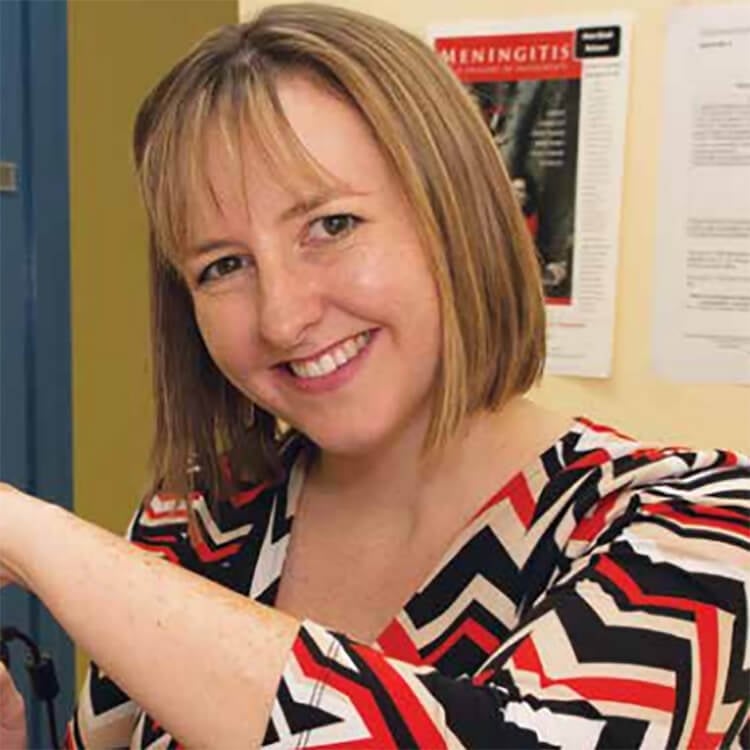Search


News & Events
Five The Kids researchers awarded prestigious grantsSeveral The Kids Research Institute Australia researchers will share in more than $7.5 million in prestigious Investigator Grants to pursue a range of innovative child health research.
Research
Characterizing human movement patterns using GPS data loggers in an area of persistent malaria in Zimbabwe along the Mozambique borderHuman mobility is a driver for the reemergence or resurgence of malaria and has been identified as a source of cross-border transmission. However, movement patterns are difficult to measure in rural areas where malaria risk is high. In countries with malaria elimination goals, it is essential to determine the role of mobility on malaria transmission to implement appropriate interventions.
Research
Knowledge, attitudes and practices regarding influenza vaccination among parents of infants hospitalised for acute respiratory infection in AustraliaCitation: Carlson SJ, McRae J, Wiley K, Leask J, Macartney K. Knowledge, attitudes and practices regarding influenza vaccination among parents of
Research
Parents' COVID-19 vaccine intentions for children under 5 years: Brief reflections from a qualitative studyAustralian authorities made COVID-19 vaccines available for children aged under 5 years old with serious comorbidities in August 2022. There is presently no universal programme for young children, but crucial to any rollout's success is whether parents are motivated and able to vaccinate. By examining parents' vaccine intentions, this study aims to inform current and future COVID-19 vaccine roll-outs for children aged under 5 years.
Research
Association between maternal influenza vaccination and neurodevelopmental disorders in childhood: a longitudinal, population-based linked cohort studyTo assess the association between in utero exposure to seasonal inactivated influenza vaccine (IIV) and the risk of a diagnosis of a neurodevelopmental disorder in early childhood.
Research
Impact of COVID-19 on mental health in Bhutan: a way forward for actionThe coronavirus disease 2019 (COVID-19) pandemic continues to impact mental health and wellbeing globally. There is a lack of scientific documentation highlighting the mental health impact of COVID-19 in Bhutan. We present the mental health burdens and control measures taken, and suggest ways to further strengthen mental health services in Bhutan.
Research
Emergence of a multidrug-resistant and virulent Streptococcus pneumoniae lineage mediates serotype replacement after PCV13: an international whole-genome sequencing studySerotype 24F is one of the emerging pneumococcal serotypes after the introduction of pneumococcal conjugate vaccine (PCV). We aimed to identify lineages driving the increase of serotype 24F in France and place these findings into a global context.
Research
Effectiveness of public health interventions in reducing the prevalence of Opisthorchis viverrini: a protocol for systematic review and network meta-analysisThe carcinogenic liver fluke Opisthorchis viverrini is a major public health problem in the Mekong basin region. The liver flukes can induce cholangiocarcinoma, a bile duct cancer that causes a significant burden of mortality and economic loss. Various public health interventions have been conducted to reduce opisthorchiasis but the prevalence of O. viverrini remains high in endemic regions.
Research
The global burden of sore throat and group A Streptococcus pharyngitis: A systematic review and meta-analysisContemporary data for the global burden of sore throat and group A Streptococcus (Strep A) pharyngitis are required to understand the frequency of disease and develop value propositions for Strep A vaccines.
